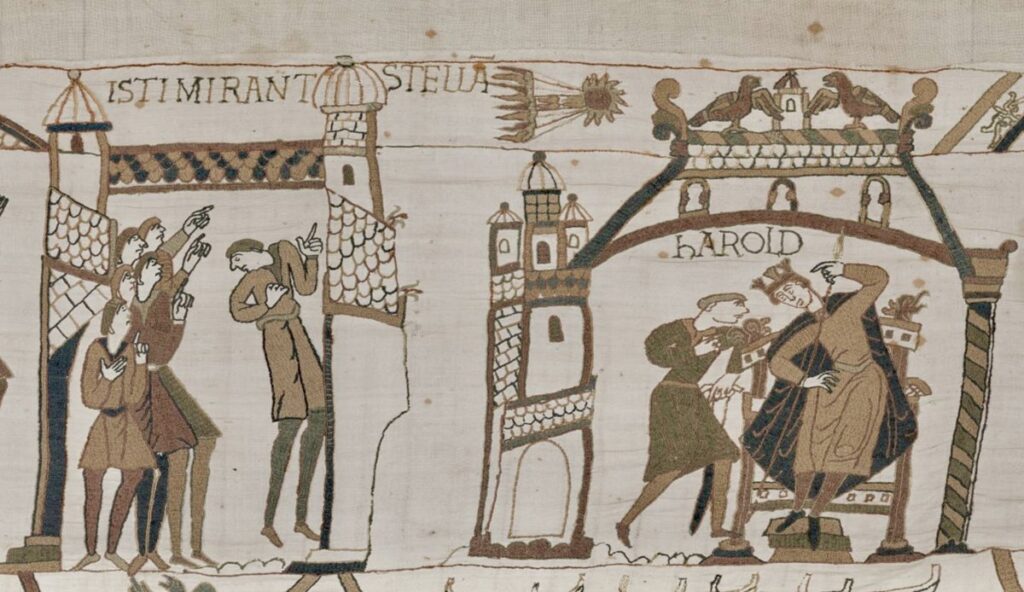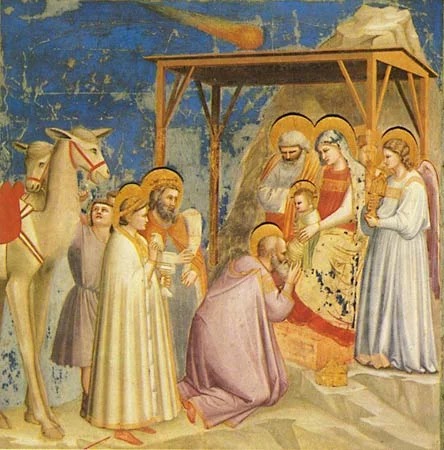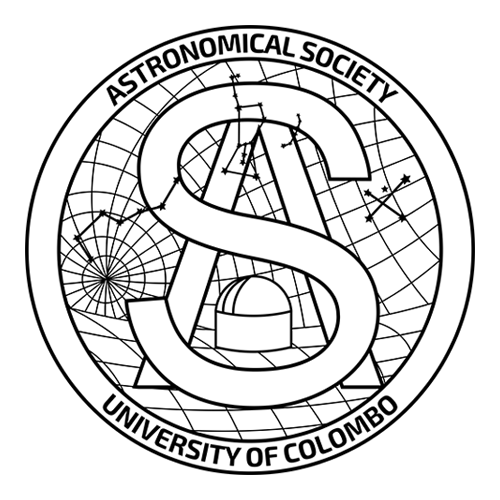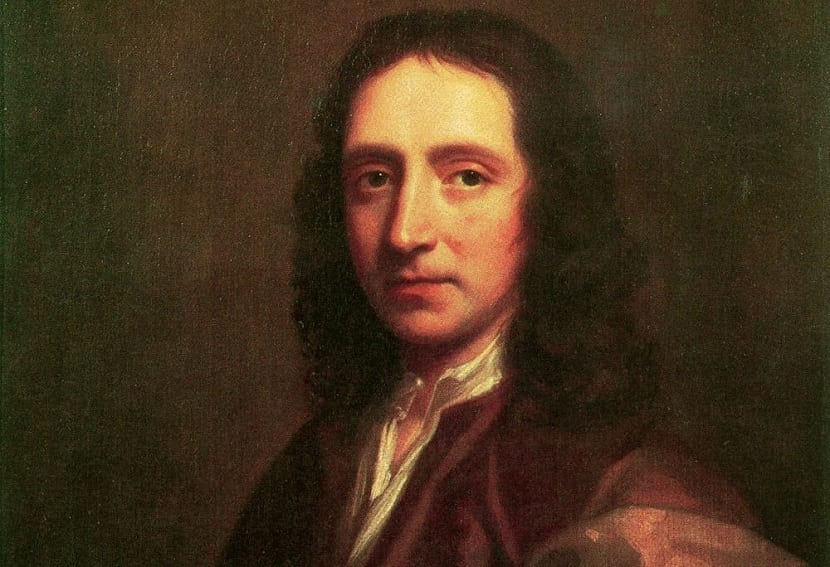Halley’s Comet or Comet Halley is a short-period comet that is visible to the naked eye from the Earth. It was named after the English mathematician and astronomer Edmond Halley, who was the first to calculate the orbit of a comet. This comet is officially called 1P/Halley where P indicates that Halley is a periodic comet.
Edmond Halley, using Isaac Newton’s theories of planetary motion, was able to calculate the orbits of 24 comets. He also found that comets that appeared in 1531, 1607, and 1682 had similar orbits. Later he suggested that they were not three comets, but the same comet appearing periodically. He also predicted that it would appear again in 1758. After 16 years after the death of Edmond Halley, the comet did appear as he predicted. This was the first comet p樂威壯 redicted to return, and to honor Edmond Halley for his discovery this comet was named Halley’s Comet.
Scientists believe that Halley’s Comet has been zipping through our solar system for thousands of years. The earliest known appearance of the comet was around 466 B.C. in the skies of ancient Greece. During the Han Dynasty in China, “Records of the Grand Historian” describes a “broom star” that appeared in 240 B.C. which might have been Halley’s Comet. Ancient Babylonians also recorded comets that they observed in 164 B.C. and 87 B.C. on clay tablets.
Sightings of comets were often considered bad luck that cause the deaths of kings or natural disasters. During the Hun’s defeat at the Battle of the Catalaunian Plains, during the destruction of Jerusalem by the Romans in 66 A.D., and even during the Battle of the Hastings in 1066 this comet had appeared in the skies. Halley’s Comet was included in Bayeux Tapestry which portrays King Harold and a crowd of fearful Englishmen watching the sky. In 1301, Italian artist Giotto was able to observe Halley’s Comet. Later it was included in his painting “Adoration of the Magi”

https://www.onthisday.com/articles/the-quiet-passing-of-halleys-comet

The most recent visit of Halley’s Comet was in 1986. Many telescopes and unmanned space probes were ready to observe and photograph the comet during its transit. The European Space Agency’s “Giotto”, which was named after the Italian artist, was able to approach within 370 miles of the nucleus of the comet and photograph it. The photographs obtained from these space probes helped scientists to understand more about Halley’s Comet and proved its core was made up of dust and ice.

https://solarsystem.nasa.gov/asteroids-comets-and-meteors/comets/1p-halley/in-depth/
After its 76-year journey, we will be able to observe Halley’s Comet again in 2061. As science and technology have progressed a lot during the past few decades, scientists will be able to uncover many more fascinating facts about this comet during its next visit.
-Thusali Kodikara-
References :
https://www.history.com/news/a-brief-history-of-halleys-comet-sightings
https://solarsystem.nasa.gov/asteroids-comets-and-meteors/comets/1p-halley/in-depth/


